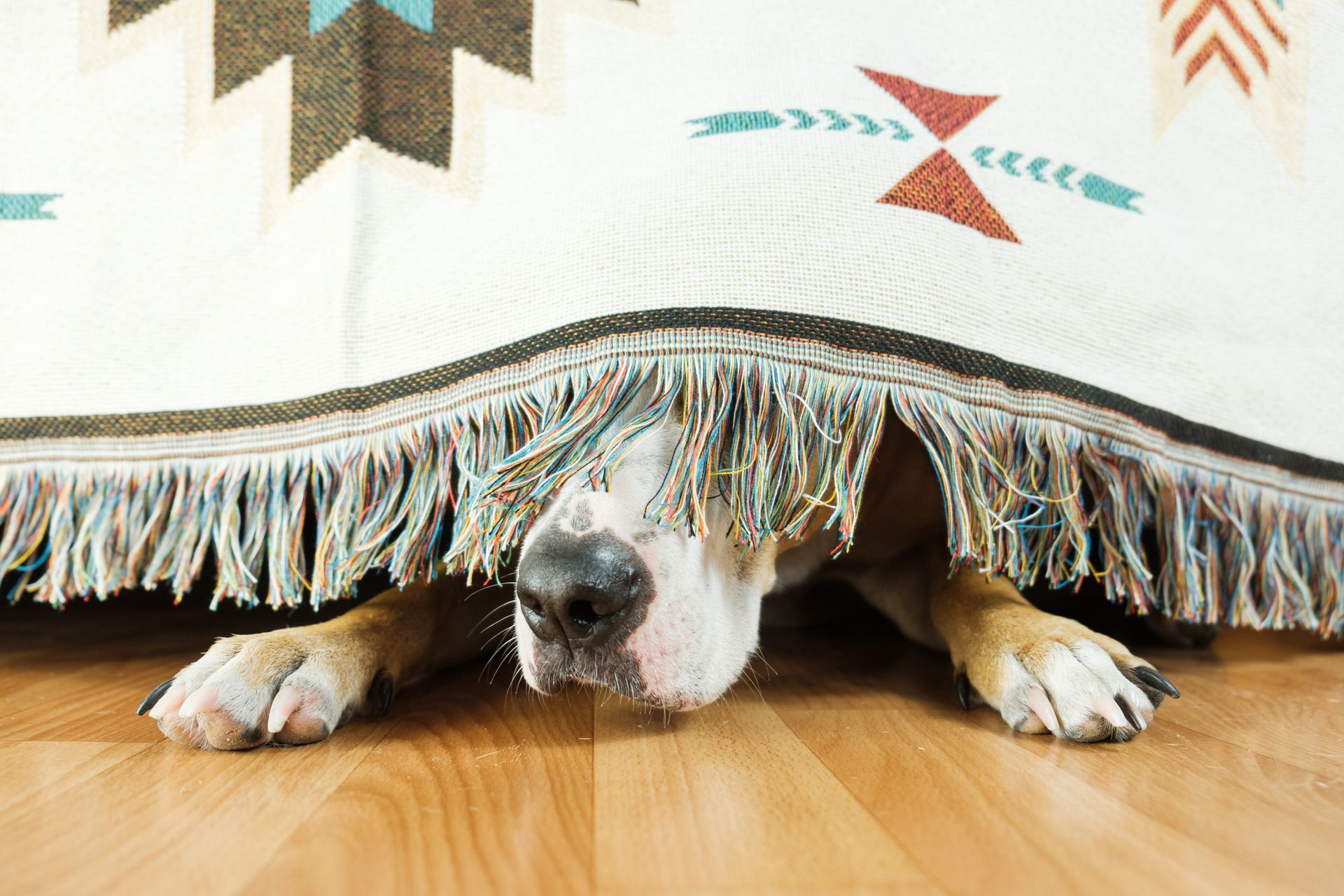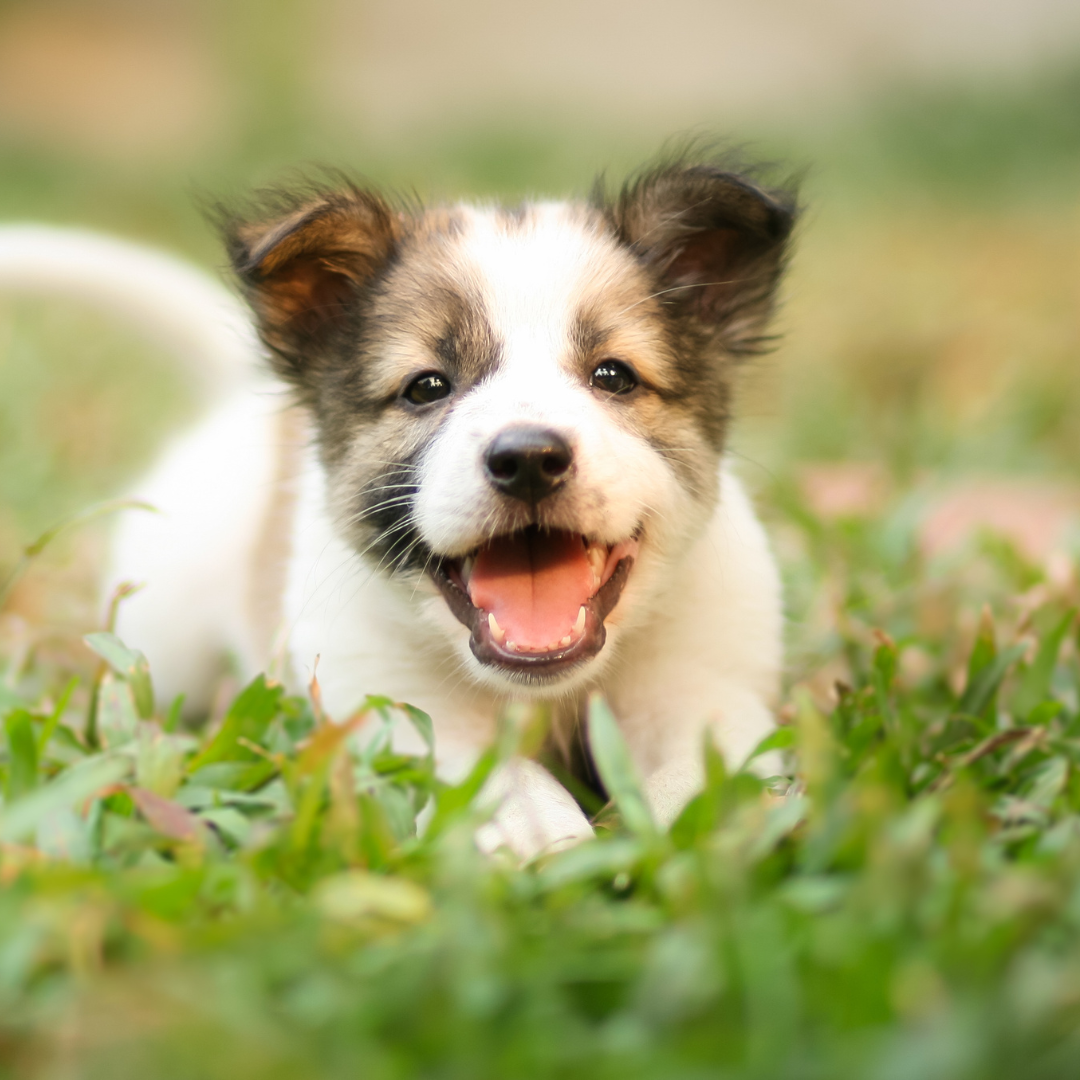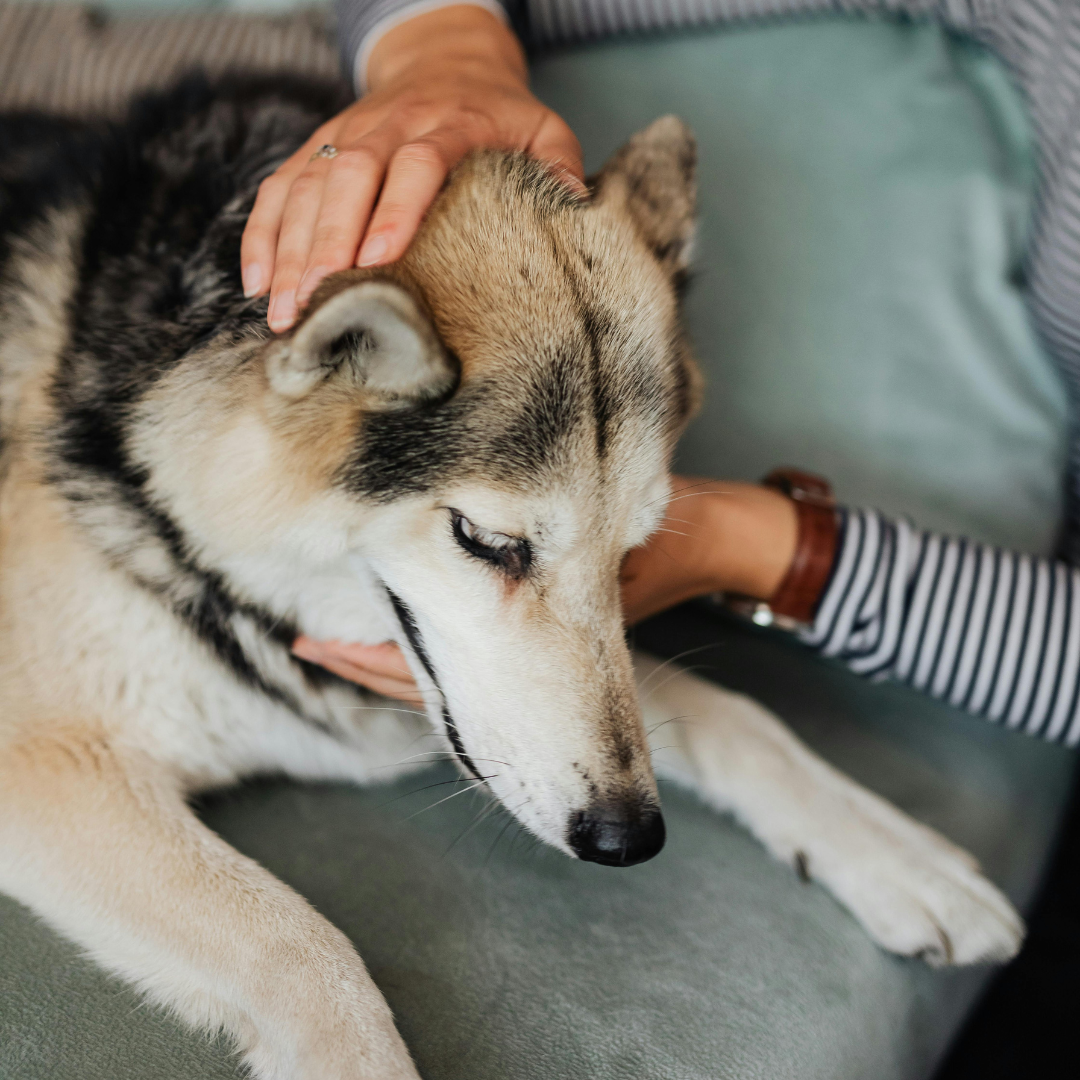How to Minimise Firework Fear in Pets During the Festive Season
For many of us, fireworks are a festive highlight. However, for our pets, these loud and unpredictable sounds can be overwhelming and frightening. With a bit of preparation and some simple strategies, you can help your pet stay calm and comfortable during fireworks season. Here’s how.

1. Create a Safe Space
Provide a cozy, quiet spot in your home where your pet can retreat if they feel anxious. This could be a room away from windows or a corner with soft bedding. Adding a few favourite toys or blankets with familiar scents can help create a comforting environment.
Tip: Consider using a covered crate if your dog is crate-trained, as it may make them feel more secure. For cats, a quiet room with hiding spots like a box or under-the-bed space can work well.
2. Close Windows, Curtains, and Doors
Minimise the noise and flashing lights from fireworks by closing windows and drawing curtains or blinds. This helps reduce both the sound and visual stimuli that may be alarming for your pet.
Tip: Turn on the TV or play calming music to mask the noise of fireworks. Classical music or pet-specific playlists can be particularly soothing.
3. Provide Plenty of Exercise Earlier in the Day
A tired pet is often a calmer pet. Take your dog for a long walk or engage in active play sessions with your cat earlier in the day. This extra exercise can help them feel more relaxed and may even tire them out enough to sleep through some of the fireworks.
Tip: Make sure to walk dogs well before dark to avoid unexpected firework sounds, which may begin early.
4. Stay Calm and Comforting
Your pet can pick up on your emotions, so try to stay calm and reassuring during fireworks. If your pet comes to you for comfort, it’s okay to cuddle or pet them, but avoid showing excessive anxiety, as it may reinforce their fear.
Tip: Speak to your pet in a low, soothing tone, and use gentle petting to help ease their nerves.
5. Distract with Toys and Treats
Keep your pet occupied during fireworks with engaging toys or long-lasting treats. Puzzle toys, lick mats with pet-safe peanut butter, or treat-dispensing toys can provide both distraction and comfort.
Tip: A frozen Kong toy with treats inside can keep your dog engaged for an extended time, while interactive toys can help distract anxious cats.
6. Use Positive Reinforcement for Calm Behaviour
Reward your pet for staying calm during fireworks, even if it's just for a moment. Use small treats, gentle praise, or petting to reinforce relaxed behaviours, which can help them associate the fireworks with positive experiences.
Tip: Avoid punishing your pet for their fearful behaviour, as it can heighten their anxiety. Focus on encouraging any moments of calmness.
7. Keep Pets Indoors and Ensure Their Safety
Fireworks can cause pets to bolt in fear, so it’s essential to keep them securely indoors. Ensure that windows, doors, and any pet access points are closed to prevent them from escaping. Make sure they’re wearing updated ID tags and are microchipped in case they do manage to slip outside.
Tip: Keep cats indoors the day before and after the main firework events to avoid accidental escapes.
After the Fireworks: A Calm Recovery
Once the fireworks are over, allow your pet time to decompress. Keep their environment calm and return to your usual routine to help them settle back in. For particularly anxious pets, be patient—it may take a bit longer for them to feel comfortable again.
In Summary
With a little planning and care, you can minimize your pet’s anxiety around fireworks and make the festive season as stress-free as possible for them. By creating a calm space, using soothing products, and providing distraction, you’ll be well-prepared to support your furry friend through the fireworks.
Here’s to a peaceful and enjoyable holiday season for you and your pets!





